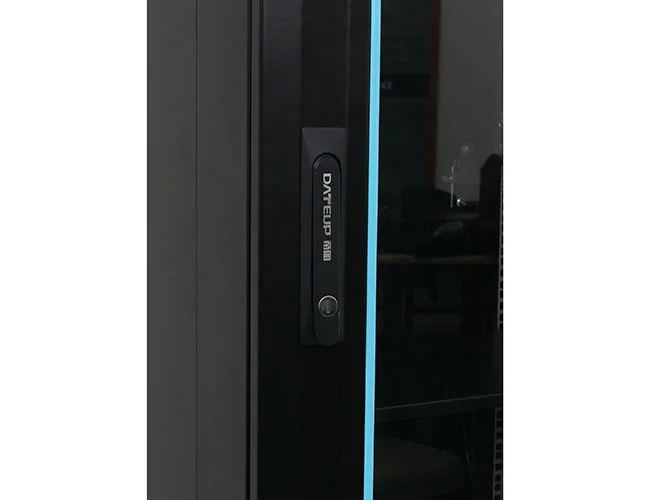News
Site Editor
 Site
https://leonetworkgroup.usa18.wondercdn.com/uploads/image/5fe152faa587d.png
Patch panels are a crucial component of modern networking systems. They serve as a hub for connecting and managing various physical cables used in a network infrastructure. Patch panels are used extensively in data centers, offices, and large-scale businesses as they provide a reliable and efficient way to connect various devices and systems within the network.The primary purpose of a patch panel
Site
https://leonetworkgroup.usa18.wondercdn.com/uploads/image/5fe152faa587d.png
Patch panels are a crucial component of modern networking systems. They serve as a hub for connecting and managing various physical cables used in a network infrastructure. Patch panels are used extensively in data centers, offices, and large-scale businesses as they provide a reliable and efficient way to connect various devices and systems within the network.The primary purpose of a patch panel
Why Do We Use Patch Panels
Views: 396
Author: Site Editor
Publish Time: 2023-07-12
Origin: Site
Patch panels are a crucial component of modern networking systems. They serve as a hub for connecting and managing various physical cables used in a network infrastructure. Patch panels are used extensively in data centers, offices, and large-scale businesses as they provide a reliable and efficient way to connect various devices and systems within the network.
The primary purpose of a patch panel is to simplify the cable management process. Cable management is a critical aspect of networking, and having a patch panel in place makes it much easier to manage, organize, and identify cables. A patch panel is designed to accept multiple cables and then route them to specific ports, which makes it easier to run a complex network efficiently. Cables can be plugged and unplugged from the patch panel as required, and the patch panel serves as a central location for interconnecting various devices.
In many networking applications, patch panels are used in conjunction with rack-mountable switches. When a network relies on multiple switch ports, the patch panel is used to manage and distribute the connections. Patch panels offer a tidy and organized way to manage the significant number of cables that run between the various switches, servers, and routers. This approach enables network administrators to make quick and easy changes to the network configuration without having to dig through a nest of messy cables, which can be a time-consuming and frustrating task.
Patch panels have many other advantages as well. They can help prevent cable damage, which can occur when cables are frequently plugged and unplugged at the device end. By providing a central location for cable connections, patch panels help reduce stress on the cables while also making it easier to identify which cables are connected where. Furthermore, patch panels are simple to use and affordable, which makes them a viable option for both large-scale organizations and smaller businesses.
In conclusion, patch panels have become an essential component of modern networking systems due to their ability to manage complex cable infrastructure quickly and efficiently. They provide a central location and organized solution for cable management, reducing stress on the cables and making it easier to identify connections. Companies that make use of patch panels can also easily modify and expand their network without having to deal with a significant mess of cables. As technology continues to advance and networking systems become even more critical, patch panels will remain a vital tool for managing these systems.
If you want to know more about industrial network cabinet,china fiber optic splice closure,china fiber optic distribution box,please consult the fiber optic splice closure factory









